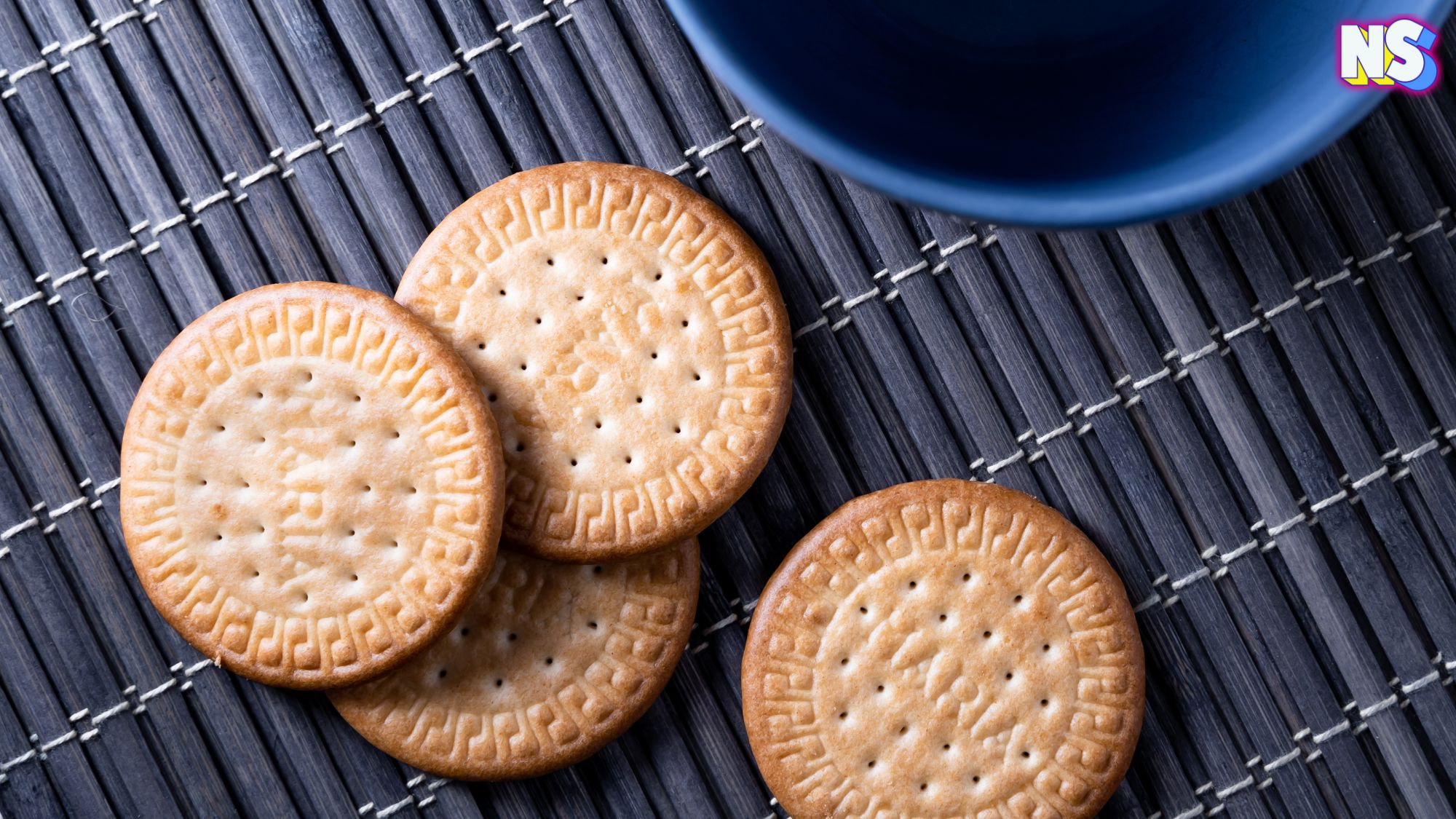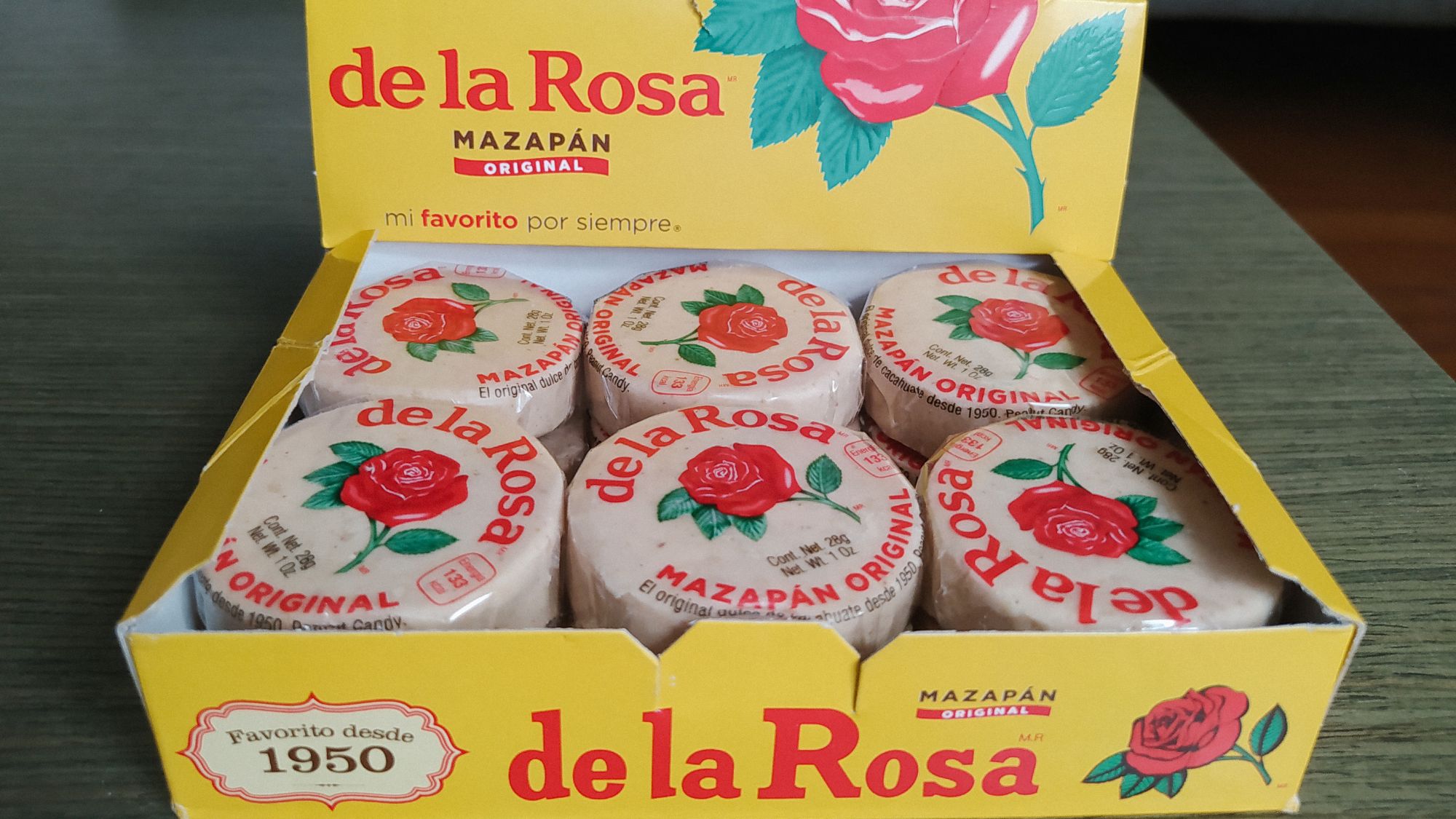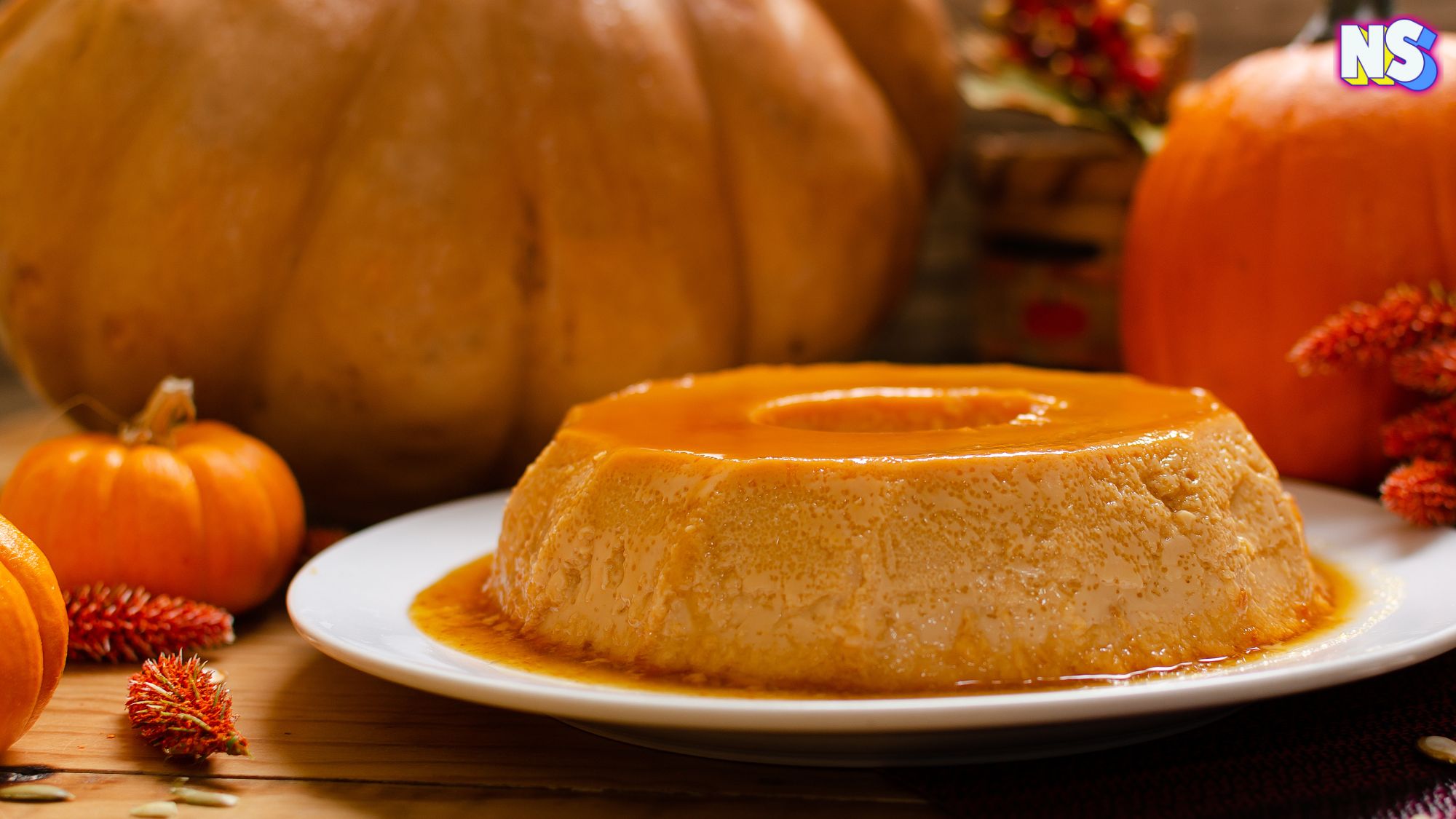It never fails. Whenever you visit a Latino home, you’ll find a pack or two of Maria cookies, or galletas de Maria. They’re simple, made with wheat flour, sugar, and either palm oil or sunflower seed oil. And, unlike rich tea biscuits, they’re typically simply vanilla-flavored. Even their design is simple – round, with the name “Maria” embossed on its top surface and a familiar design on its edges.
“Ubiquitous in Latin America, they're a favorite packaged food found in virtually all Mexican households,” Spruce Eats explains. “Similar to how graham crackers are used in the United States, Marie cookies may be eaten as breakfast or a snack, used in countless dessert recipes, or given to babies to munch on.”
However, while many of us associate these delightful treats with Latino America, their origin story is quite different. The Maria cookie as we know it has been dubbed "the most international cookie" due to its popularity everywhere. Basically, it’s not from Latin America, or even Spain, as the fake legend says. And, interestingly enough, they're not even called "Maria" in their country of origin.
Maria Cookies Fake Legend
“In Spain there is a fake legend which tells that in 1920 the confectioner Eugenio Fontaneda named them after his granddaughter,” FascinatingSpain writes.
The fake legend is told over and over again. But, despite their enormous popularity in Spain and Spanish-speaking countries, the “Marie biscuit,” as it was originally named, was created by the London bakery Peek Freans in 1874. Its inception was to commemorate the marriage of the Grand Duchess Maria Alexandrovna of Russia to the Duke of Edinburgh. The cookie’s original name, “Marie,” is a nod to the Grand Duchess herself.
After their creation, Marie biscuits became popular throughout Europe, including Spain.
A Symbol of Resilience
Following the Spanish Civil War, these biscuits played a significant role in the country’s economic recovery. Bakeries produced mass quantities of Marie biscuits to consume surplus wheat, and they became a symbol of resilience and hope in Spain.
Several brands made the cookie and competed with each other in sales. In Spain, the Artiach and Fontaneda brands were in competition to sell the most María cookies. These biscuits quickly became a staple in Spanish households, enjoyed by people of all ages.
“ … the fact is that the famous María biscuit became very popular in Spain (is) thanks to the Artiach and Fontaneda brands,” FascinatingSpain explains.
From England to Spain to Indonesia
As an inexpensive, versatile, and easy-to-store biscuit, María cookies quickly traveled worldwide.
“From England and Russia, to the Philippines, India, Mexico and Puerto Rico, today half of the globe considers Maria cookies a household staple,” The Anna's Cozy Kitchen blog explains.
In every corner of the globe, Maria cookies have found their way into the hearts and homes of millions.
Today, in the United States, they're found in the "ethnic" section of grocery stores alongside hot sauces and dulce de leche cans. And, as you reach for a pack of Maria cookies, remember: it's not just a treat, but an international symbol representing tradition, and delicious simplicity, worldwide.





